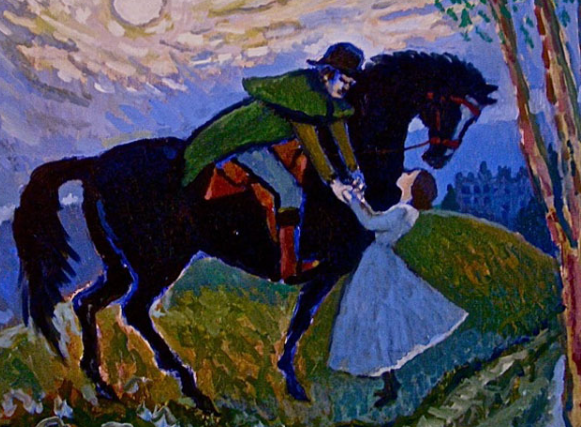The motif of dreams in “Jane Eyre” plays a crucial role in developing characters and themes, offering rich insights into the protagonist’s psyche. As Charlotte Brontë weaves dreams throughout the narrative, they not only reflect Jane’s innermost desires and fears but also enhance the emotional landscape of the story. Exploring this motif gives us a deeper understanding of Jane’s journey toward self-fulfillment and identity.
The Role of Dreams in Character Development
Dreams in “Jane Eyre” serve as windows into the characters’ depth, especially Jane herself. From childhood nightmares of oppression to dreams that foreshadow significant events, these nocturnal visions highlight Jane’s struggles and aspirations. For instance, her dream of a wedding with Mr. Rochester captures her longing for love and belonging, while also unveiling her deep-seated fears of abandonment and inequality. By examining these dreams, readers gain insight into how Jane evolves, contending with societal obstacles while striving for independence and emotional fulfillment.
Symbolism and Themes in Dream Imagery
The imagery associated with dreams in “Jane Eyre” is rich with symbolism, often reflecting broader themes of passion, freedom, and morality. One notable example occurs when Jane dreams of her deceased friend, Helen Burns, which serves as a poignant reminder of sacrifice and the moral complexities of life. These dreams not only advance the storyline but also echo the tensions between reason and emotion, duty and desire, revealing the internal battles Jane faces. Understanding these symbols deepens our appreciation of Brontë’s exploration of identity and individualism.
Foreshadowing and Narrative Progression
Dreams also function as tools for foreshadowing in “Jane Eyre,” effectively heightening suspense and anticipation. For instance, Jane’s unsettling premonitions often signal forthcoming trials or emotional turmoil, allowing readers to engage more fully with her journey. By integrating dreams into the narrative, Brontë crafts a sense of foreboding, subtly guiding readers toward critical plot developments. This technique not only enriches the reading experience but also emphasizes the interconnectedness of Jane’s dreams with her reality, underscoring how her subconscious influences her decisions and relationships.
In conclusion, the motif of dreams in “Jane Eyre” weaves a complex tapestry that enhances our understanding of the characters and themes within the novel. From character development to symbolism and foreshadowing, Brontë’s use of dreams invites readers to delve deeper into the protagonist’s emotional world. If you’re captivated by the interplay between dreams and reality, consider exploring more about how Brontë’s literary techniques shape our understanding of human experience.
